THIS CONTENT IS BROUGHT TO YOU BY University of Oslo - read more

A newly discovered organ may be important for understanding disease in fish
"It's very surprising that nobody found it before," says one of the researchers behind the discovery.
“This discovery opens new perspectives for fish vaccine and treatment methods," says Julien Resseguier at the Department of Biosciences at the University of Oslo.
The discovery he is talking about is of an organ called the Neumasic lymphoid organ. The researchers discovered it while trying to examine the structures in fish's immune system.
Resseguier notes that the discovery could lead to new methods of diagnosis and a better understanding of certain fish diseases, which is important for the aquaculture industry, especially because this new organ is also found in Atlantic salmon.
The discovery will also, in the long run, open new perspective for the study of human diseases using fish research models
"This could help to uncover new knowledge about our own immune system," says Resseguier.
Assumptions about fish did not make sense
It has long been assumed that fish have a simpler and less complex immune system than mammals. One of the reasons for this is that immune cells have not been found in lymph nodes or tonsils, like in humans, but seem to be more randomly distributed.
Immunologist Julien Resseguier is one of those who believes that this does not make sense. Creatures that live in water are much more exposed to micro-organisms, such as bacteria, viruses, and parasites, environmental debris and pollutants.
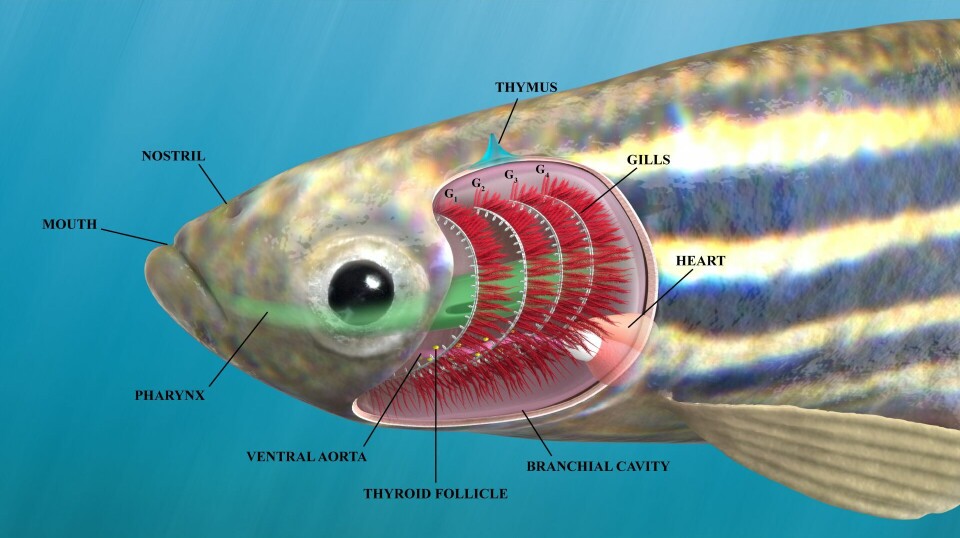
“If it rains, the water is full of runoff. It becomes muddy, everything that was concentrated at the bottom is now everywhere, including bacteria. The fish's gills must extract oxygen from the water just as well as when it's clean,” Resseguier explains.
Therefore, he believes that the fish's immune system is probably very good at distinguishing between microorganisms and substances that are dangerous, and other things that just pass through the gills.
The first evidence that the fish's immune system is more complex
Resseguier explains that in 2008, a lymphoid structure was discovered in the gills of salmon by Professor Erling Olaf Koppang at the Norwegian University for Life Sciences (NMBU). Each of the eight gill arches have a unique type of lymphatic tissue.
“This was the first evidence that the fish's immune system is more complex than originally thought,” Resseguier says.
In 2015, Resseguier was working on creating nanoparticles for fish vaccines using the zebrafish as a research model. Then he received a request from one of his collaborators:
“They had found an immune structure in the gills of salmon and wondered if this existed in zebrafish too," he says.
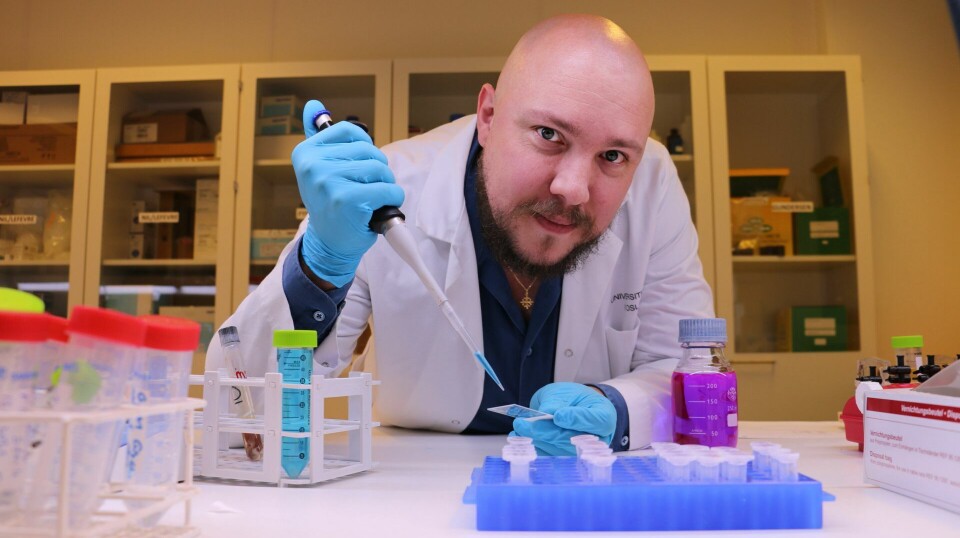
He could not identify the structure. He did not have the methods for it. But something caught his interest:
"There was a large structure with immune cells close to the gills that I could not identify,” he says.
He explains that the structure could be observed in fish atlases and old papers, but it was never annotated and remained completely overlooked.
From 2 to 26 immune structures in the fish's branchial cavity
In 2018, during his postdoc at the Department of Biosciences of the University of Oslo, several more discoveries were made by Resseguier and his colleagues. First, they found the same structure that was found in salmon gills in zebrafish and other fish species.
Then, in 2021, they uncovered another structure of the immune system in the gills of zebrafish and salmon called amphibranchial lymphoid tissue. It was located along each side of the eight gill arches.
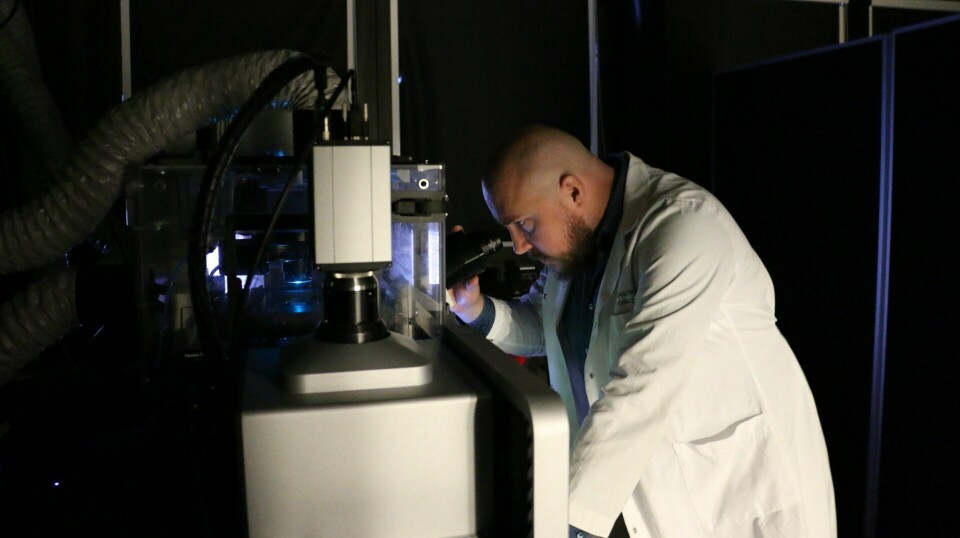
Before 2008, the branchial cavity was thought to only contain two structures of the immune system. Now there are 26: 2 thymus lobes, 8 interbranchial lymphoid tissues, and 16 amphibranchial lymphoid tissues.
This confirms Resseguier's assumption that the fish's immune system must be much more complex than previously thought.
The largest organ was found last
However, they had not found everything:
“While studying the immune system associated to fish’s gills in 2018, I still had this unknown structure of 2015 in mind. When using a tool developed by collaborators in the Netherlands to reveal T-lymphocyte on zebrafish samples, then it was striking, this unknown structure was full of T-lymphocytes," he says.
Resseguier coordinated an international collaboration to properly identify and characterise this new structure. He himself spent countless nights reading old scientific articles to ensure that it had not actually been identified previously.
The oldest articles were from the early 1900s and were written in French from the archives of experimental and general zoology, Resseguier explains.
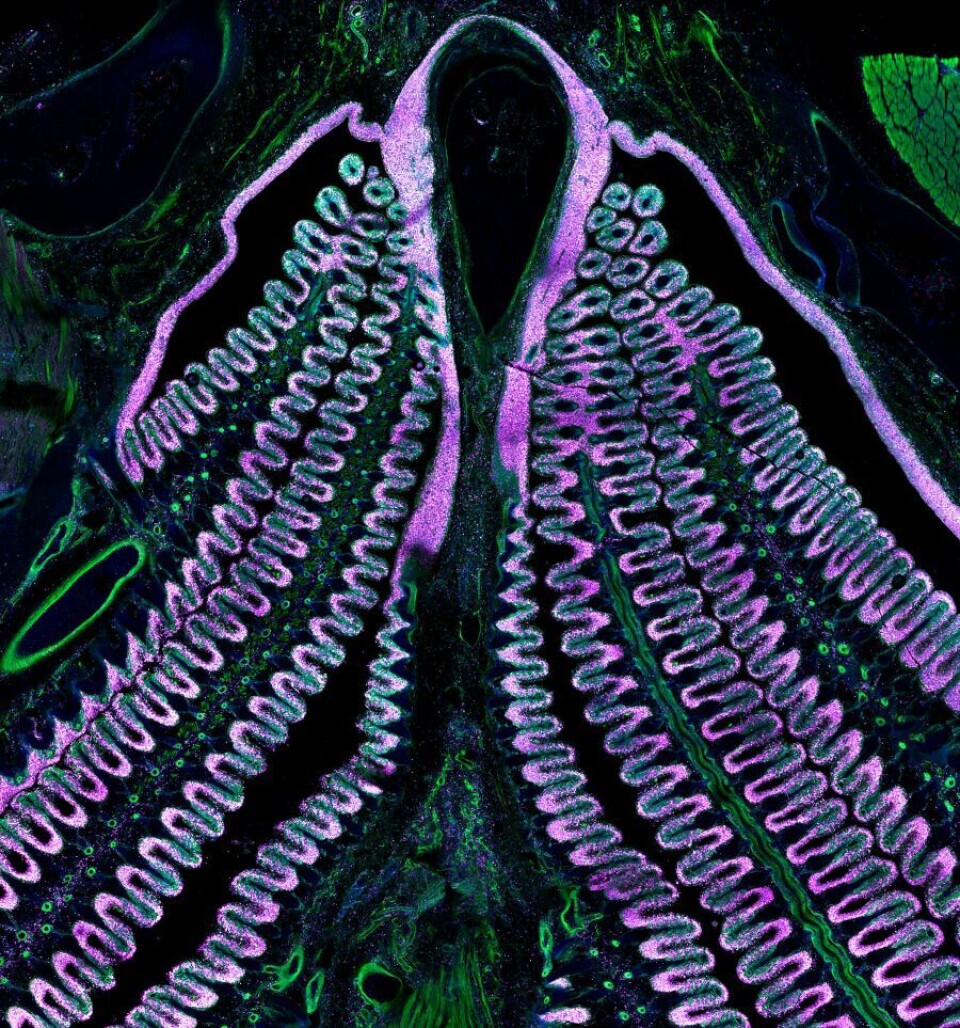
Then he found that this structure, located at the convergence of gill arches, was actually the largest and most complex they had found so far:
“This is the 27th, but also the largest. This organ binds all the structures discovered in the gills altogether,” he explains.
The organ is called the Nemausean Lymphoid Organ (NELO) after the Gallo-Roman mythology of the god who guards the water source in the city of Nîmes in France. It is also the city where Resseguier grew up.
“We suggested this name because it is more elegant and poetic. The god Nemausus protects the water source of the city. This organ protects the fish,” he explains.
Made a 3D image of the new organ
Resseguier has long worked on creating three-dimensional images of various structures in zebrafish, salmon, and cod. His method is to try to visualise organs in the spatial context they are in inside the fish.
“Many researchers focus their investigations on one tissue or organ at a time, but I like to preserve the whole picture,” he explains.
He believes that this has helped him recognise that this must be something larger and more important than just ‘some tissue’ between other organs.
To understand the complex shape of the new organ, immune cells had to be labelled with fluorescent substances. Then the fish was divided into 700 slices, or sections, and imaged using an automated process. The different structures of the branchial cavity had to be hand-drawn for each of these sections, and then pieced together in a program.
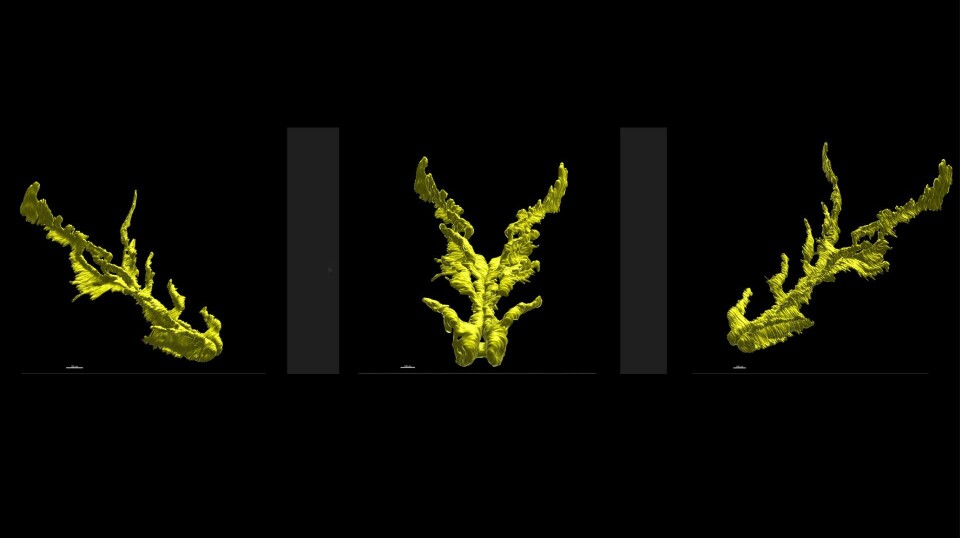
“It takes more than a month to create such a 3D figure for one experiment,” Resseguier explains.
Its prominent localisation, its size, and the fact that it is mostly composed of immune cells, suggests that the new organ is involved in the fish´s immune system.
Resseguier and his collaborators could show that it is not involved in the production or development of lymphocytes, but that it displays features of lymphoid organs involved immune responses.
However, the exact role of this organ remains unclear. Resseguier has received a grant from the Norwegian Research Council to continue his search for the function and to determine how to harness it to fight the challenge of infection diseases in aquaculture.
The organ appears when the fish reaches a certain age
When Resseguier examined the new structure, he and the other researchers made a discovery. The larvae lack this structure. It first appears when the fish become juvenile.
“It's like getting an entirely new organ at the age of 5-7. It's very strange. It raises many new questions about the immune system. Perhaps this discovery can help us learn more about our own immune system,” he wonders.
Can be important for the aquaculture industry
According to Resseguier, about half the fish consumed are from aquaculture. For the fish to thrive and be safe to eat, it is important that they do not become sick.
He says it is surprising that such a large and important organ has not been found before. It is a reminder that there may still be much we do not know:
“This can be a game-changer for the field. It's very surprising that nobody found it before. Perhaps it's because it display a complex 3D structure that is localised in the complex region of the fish where there are many different tissues. That may explain why it took so many years to find it," he says.
Reference:
Resseguier et al. Identification of a pharyngeal mucosal lymphoid organ in zebrafish and other teleosts: Tonsils in fish?, Science Advances, vol. 9, 2023. DOI: 10.1126/sciadv.adj0101

This content is paid for and presented by the University of Oslo
This content is created by the University of Oslo's communication staff, who use this platform to communicate science and share results from research with the public. The University of Oslo is one of more than 80 owners of ScienceNorway.no. Read more here.
More content from the University of Oslo:
-
Queer opera singers: “I was too feminine, too ‘gay.’ I heard that on opera stages in both Asia and Europe”
-
Putin’s dream of the perfect family
-
How international standards are transforming the world
-
A researcher has listened to 480 versions of Hitler's favourite music. This is what he found
-
Researcher: "AI weakens our judgement"
-
New, worrying trend among incels, according to researcher




































